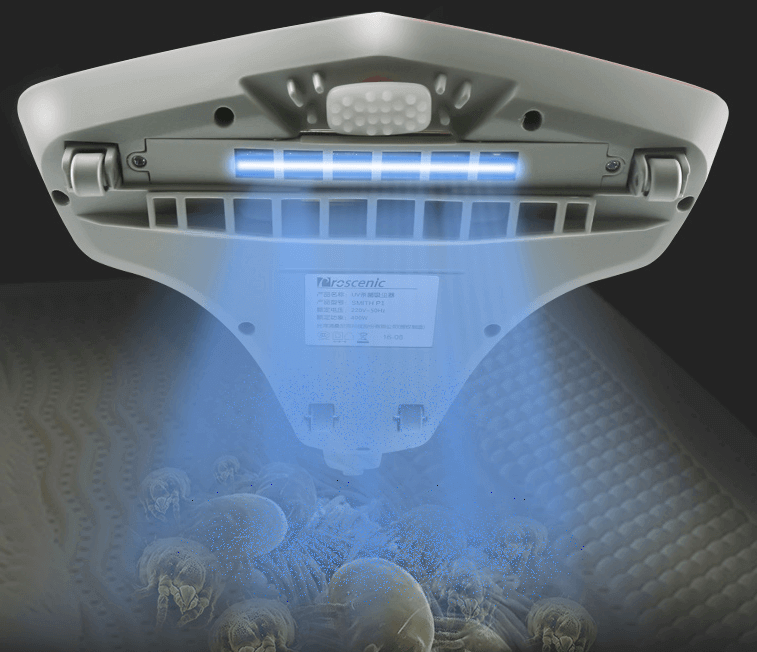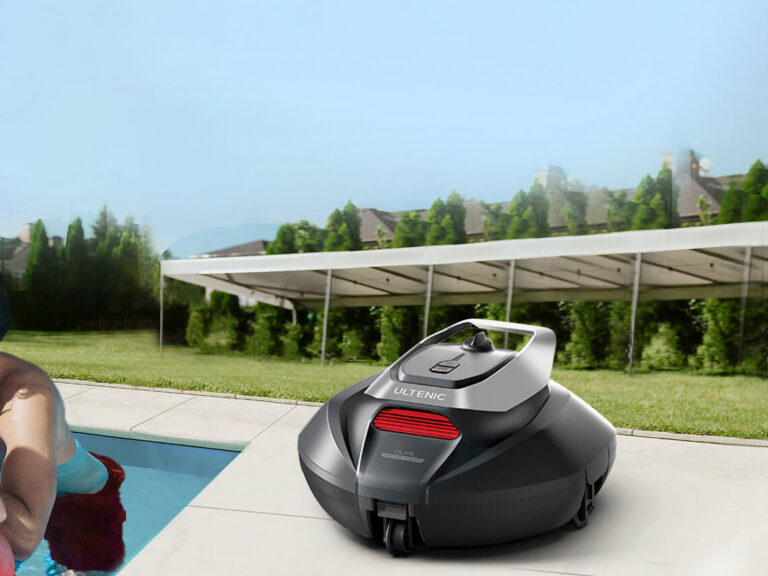As summer arrives, it is the prime time for dust mite breeding. Typically, within a week, 5 million dust mites can be produced, and they tend to breed and feed on beds, blankets, and even people's faces.
Dust mites prefer temperatures between 22-30 degrees Celsius, with humidity levels above 50%. If bedding is not washed regularly, it can gain an additional 10% of weight, which is mostly made up of dust mite excrement and dead bodies.

Do dust mites harm human beings? Actually, the dust mites that hide in bedding generally do not cause much harm to humans. However, their excrement and dead bodies can float in the air and be inhaled into the nasal cavity, causing allergic rhinitis. If they enter the lower respiratory tract, they may also cause allergic asthma.
Therefore, it is necessary to clean up the dust mites in bedding regularly. There are three methods for dealing with dust mites in daily life.
The first method is sun exposure. The outdoor temperature in summer can help eliminate the dust mites in the bedding. After sun exposure, remember to pat or shake the bedding to remove the dust mite corpses and excrement that are still inside.

The second method is washing. Put the bedding in the washing machine and let the high-speed agitation and laundry detergent kill the dust mites.
The third method is replacement. Buy a few more sets of bedding, use one set at a time, and wash the used set to solve the problem of dust mite infestation.
We have discussed the harm that dust mites can cause to humans and how to clean them up. Although sun exposure and washing can effectively eliminate dust mites, they require a lot of time.
Therefore, dust mite vacuums were invented to allow people to easily clean dust mites at home without having to wait for sunny weather.
So, are dust mite vacuums effective? On the market, dust mite vacuums are advertised to have four main functions: beating, heat compression, strong suction power, and UV light. Let's examine each function and whether it can actually remove dust mites.
- Beating Beating can indeed knock down dust mites, but like spiders, dust mites have hooked claws on their legs that can grab onto the fiber structure of bedding. Therefore, low-intensity beating may not be effective in removing dust mites from bedding. So, relying solely on beating to remove dust mites may not be very effective.

- Heat compression As mentioned earlier, dust mites thrive in environments around 22-30 degrees Celsius. To effectively remove them using heat compression, the temperature needs to be above 50°C and held for at least 10 seconds to completely get rid of the dust mites. Therefore, heat compression can be effective.
- Strong suction power Using suction power alone to deal with dust mites is similar to relying solely on beating. However, the primary function of suction power is not only to remove dust mites, but also to clean up their corpses and excrement. If combined with beating, both functions could potentially remove living dust mites.
- UV light UV light commonly used in the market is 253.7nm UV light, which is said to penetrate through dust mites and instantly eliminate them. UV light can indeed remove dust mites, but it takes longer time and may also cause harm to humans.

Summary: Dust mite vacuums can remove dust mites, as long as the cleaning time in one area is over 10 seconds using a combination of heat compression, beating, and suction. The reason why some dust mite vacuums are ineffective is mainly due to insufficient heat compression, beating intensity, or suction power. Therefore, choosing an effective dust mite vacuum is important.
In summary, dust mite vacuums can effectively remove dust mites if the cleaning time in one area exceeds 10 seconds using a combination of heat compression, beating, and suction. The main reason why some dust mite vacuums are ineffective is that they have insufficient heat compression, beating intensity, or suction power.
Therefore, it is important to choose an effective dust mite vacuum.



